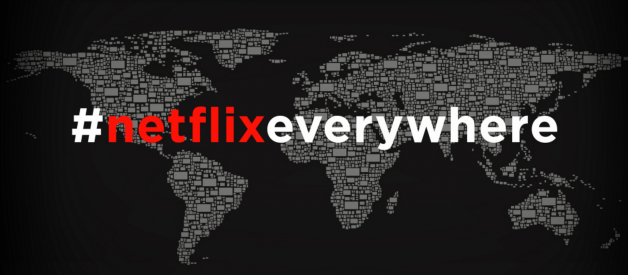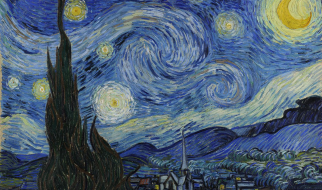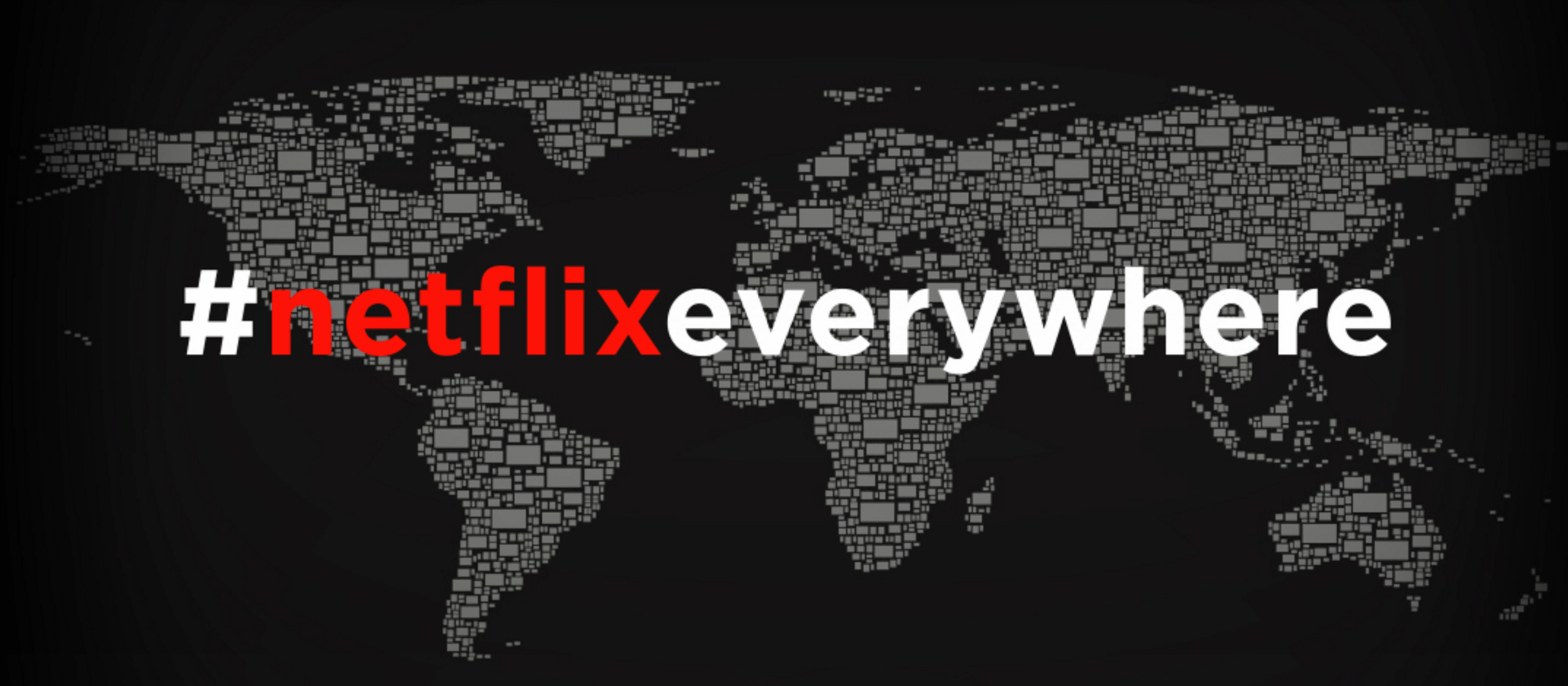
Origins: DVD-by-Mail Business Model
The classic management textbook theories would have predicted that Netflix should have now failed. Indeed in January 2007, JP Morgan Scurities downgraded the Netflix stock citing high competition and most wondered how Netflix might create a ?second act? beyond DVD Distribution. After all, it started in 1997 as a mail-order DVD-by-Mail business with monthly subscription fees so that consumers could avoid late fees. During the first decade, it had built impressive logistics chain with over 50 regional warehouses to distribute the DVDs to its customers. By February 2007, it had distributed its billionth DVD. That success and that kind of growth should have trapped the company to define its business model with core competency in logistics and distribution.
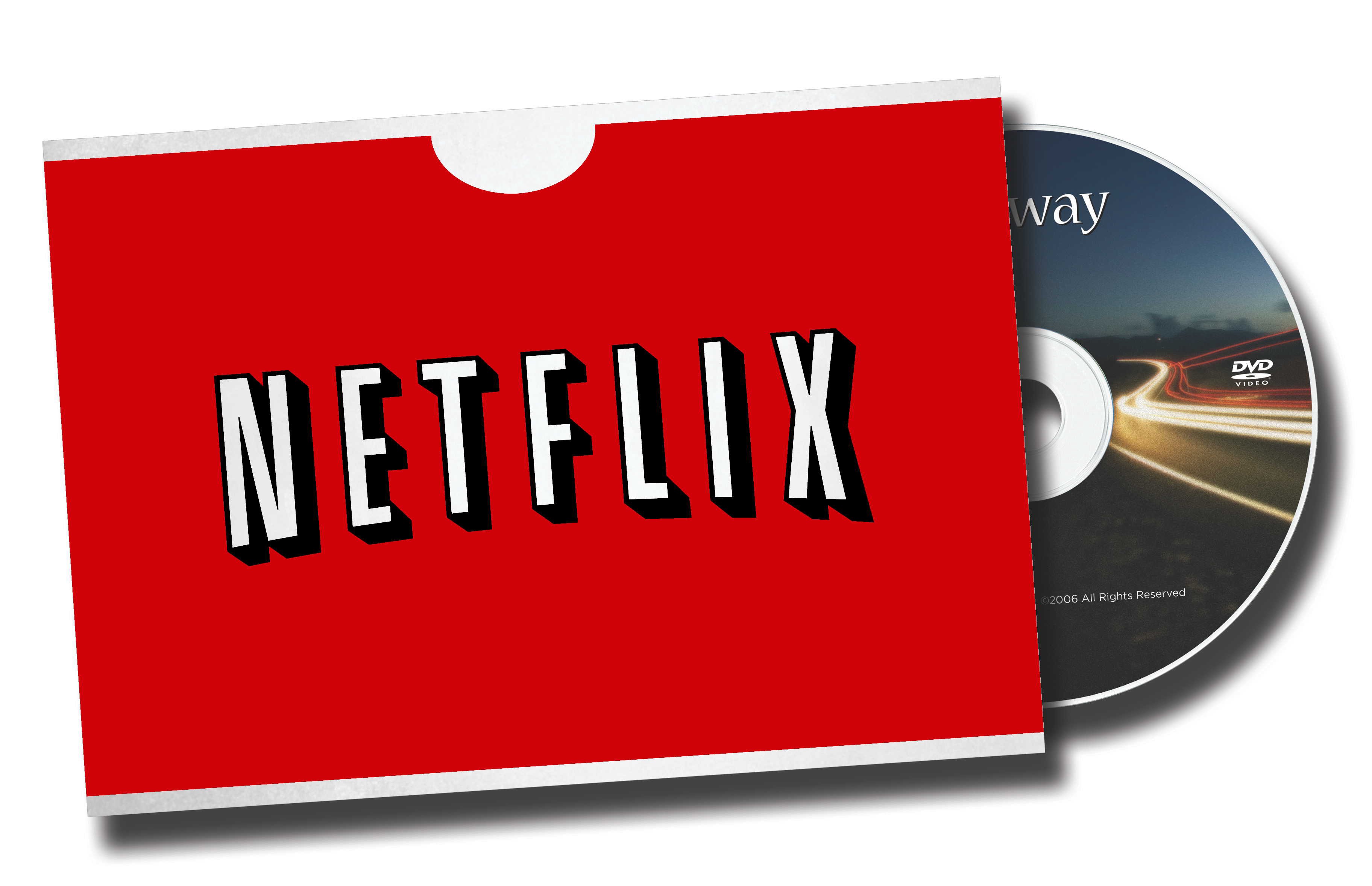 Netflix Classic Red Envelope (circa 2005)
Netflix Classic Red Envelope (circa 2005)
But Netflix?s different in the sense that it had recognized the power of data and analytics. It had developed a superior recommendation engine, Cinematch to better predict the pattern of request of DVD titles by subscribers. It even organized open contest ? Netflix Prize ? to win $1 million prize to anyone who could improve on its algorithms. It was a data-driven company before data and analytics were in vogue.
By 2009, it had over 100,000 DVD titles and 10 million customers. It could have continued on its trajectory. But, it didn?t. Netflix innovation focused on two dimensions: logistics and analytics.
Blockbuster and other video rental physical stores didn?t recognize possible disruption from a mail-order subscription company like Netflix. Blockbuster even turned down an opportunity to acquire Netflix in 2000.
Netflix 1.0 was about disruption of physical stores.
 Innovation ? Disruption ? Transformation Cycle for the DVD-By-Mail Era
Innovation ? Disruption ? Transformation Cycle for the DVD-By-Mail Era
Netflix 2.0 ? Video Streaming
Since starting its video streaming services in 2007, Netflix has successfully grown its business. By the end of 2016, it had nearly 94 million members globally ? expected to reach 100 million mark during the frst half of 2017. Netflix video streaming consumes 37% of downstream internet bandwidth during primetime hours in the USA ? far ahead of YouTube, Amazon and Facebook.
Netflix has become the defacto primetime entertainment on the web. It can be streamed on computers, mobile phones, tablets, smart televisions and video game consoles.
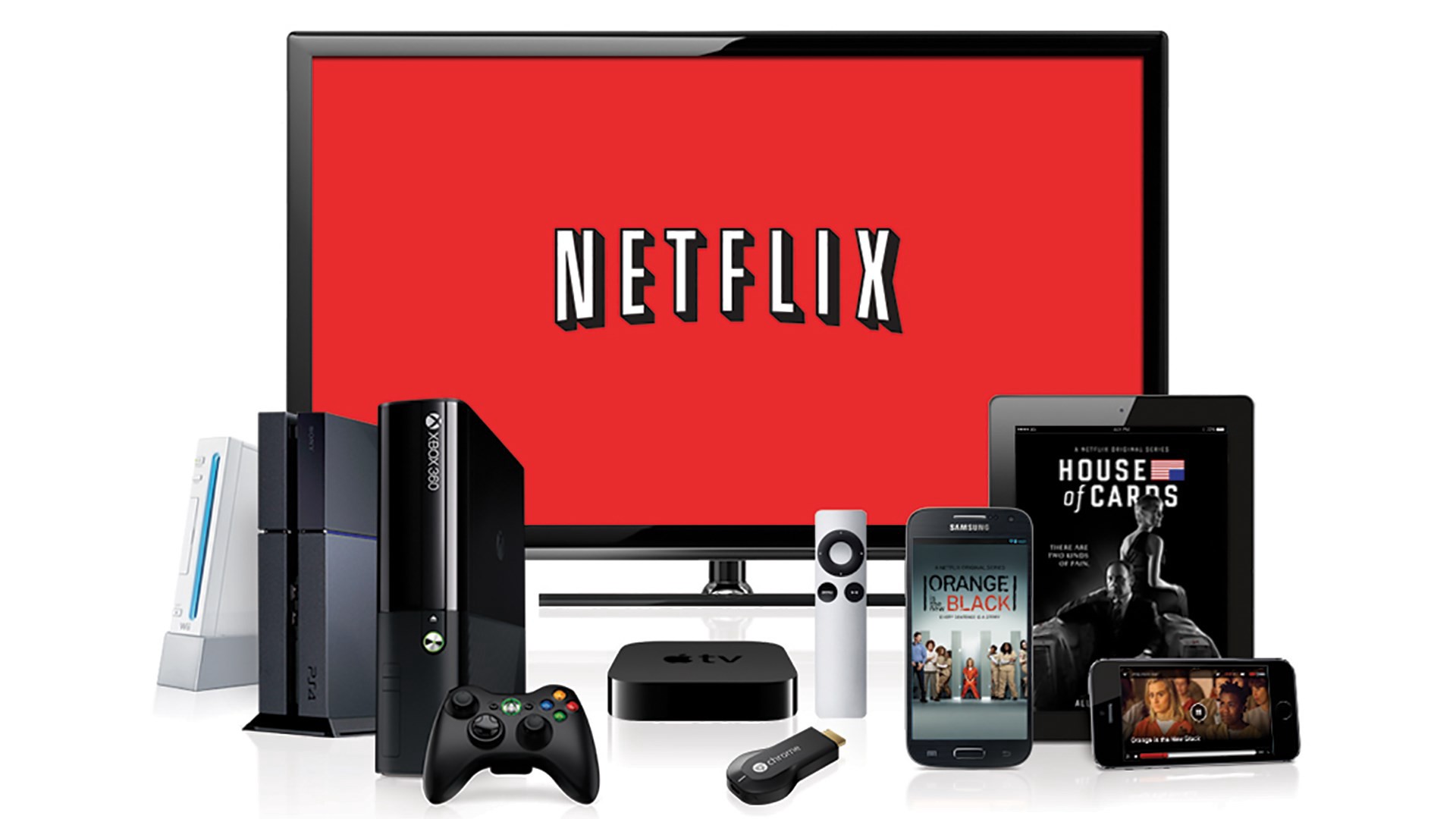
What?s the main message from the Netflix story till 2016? It is a rare company that could abandon its traditional successful business model ? DVD-by-Mail distribution ? and embrace a new business model with video streaming and become a leader. Past success is not guarantee of future success. Transformational leadership is about ?preserving the core while creating the new? and Reed Hastings at Netflix has shown that perfectly thus far.
Cloud Plus Data and Analytics
Digital business transformation of Netflix can be seen through two lenses: (1) technology and (2) data & analytics.
Through the technology lens, you see how Netflix worked with Amazon to develop a world-class back-end infrastructure.
Working with Amazon Web Services, Netflix could quickly deploy thousands of servers and terabytes of storage within short time. This video highlights their working relationship with Amazon.
AWS delivers cloud services for Netflix
Many companies might have shied away from depending so much on a competitor ? Amazon has its own video-on-demand service. Netflix decided to bet on the cloud by working with a leading company, namely Amazon. By selecting the second-best to Amazon, Netflix would have simply compromised on its ability to deliver best quality service to its customers.
Through the information lens, you see how Netflix has collected the most detailed data possible to be the best at knowing their customers on an individual basis. Really understanding customer preferences and continually sharpen the recommendation engine.
Today, everything that Netflix provides to each customer is a recommendation. The core DNA of Netflix is Personalization ? which builds on its data-rich recommendation engine.
Personalization in the homepage consists of groups of videos arranged in horizontal rows. Each row has a title that conveys the meaningful connection between the videos in that group. Personalization is how Netflix selects the rows, the items for each row and the order. And that varies for every individual. And that is done by machines and at scale and speed.
Furthermore, Netflix has been able to add more useful data to make its recommendation even more powerful based on its strategic relationship with Facebook. Specifically, it has been able to add preferences of friends on the social network to refine the recommendations.
Netflix ? facebook Link
So, everything Netflix offers to an individual is personal but supported by powerful data and analytics.
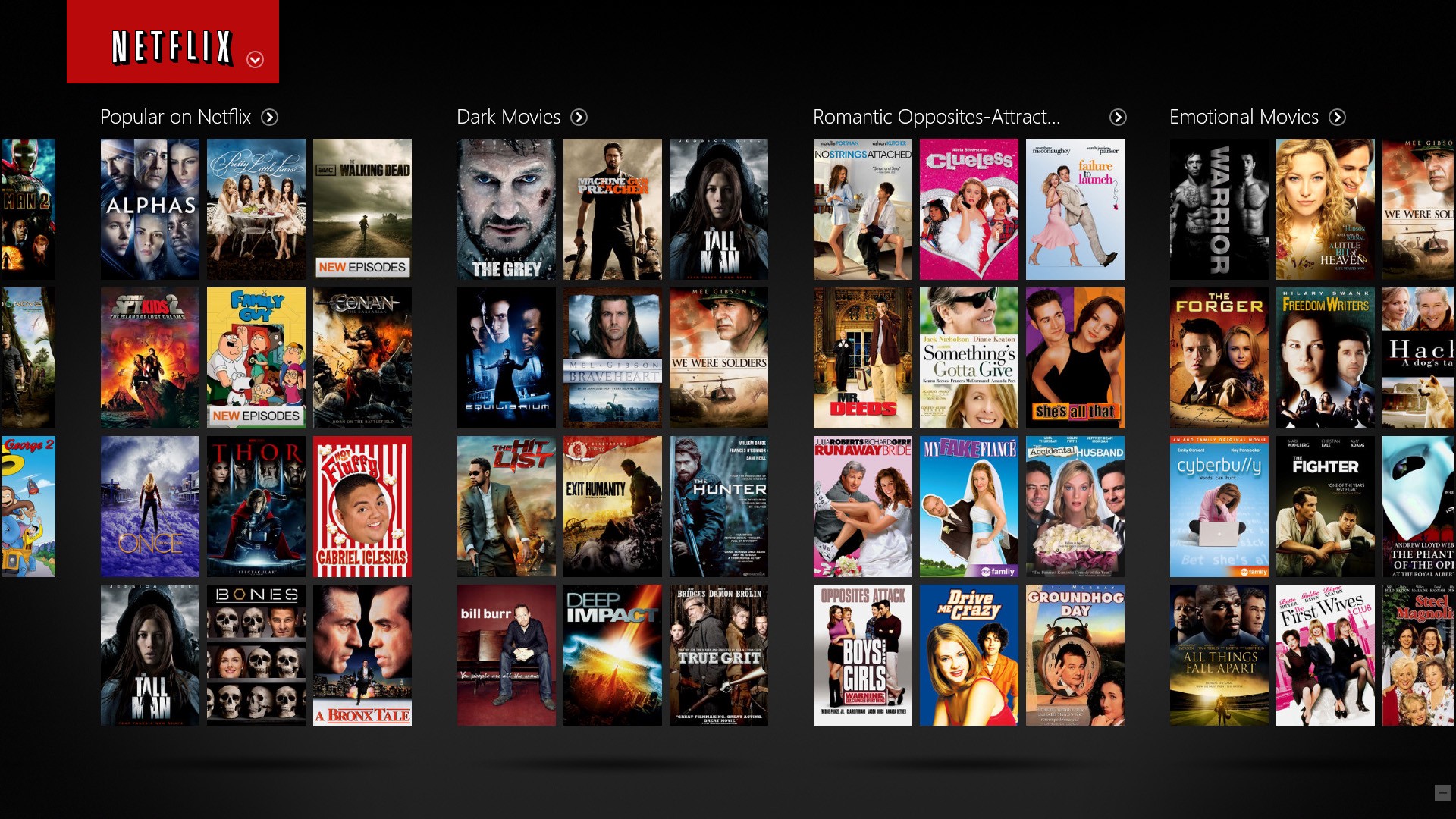 The layout ? including the rows and columns ? are personalized by Netflix
The layout ? including the rows and columns ? are personalized by Netflix
Netflix has been able to take its information advantage with big data and analytics one step further. Their bet on licensing House of Cards was not a blind bet but based on the analysis of their data. Kevin Spacey remarked, ?Netflix was the only company that said, ?We believe in you. We?ve run our data, and it tells us our audience would watch this series.? Other studios were handicapped because they did not have the required data and analytics capability. They continue to rely on outmoded models of pilot shows and sampling to decide the likelihood of success.
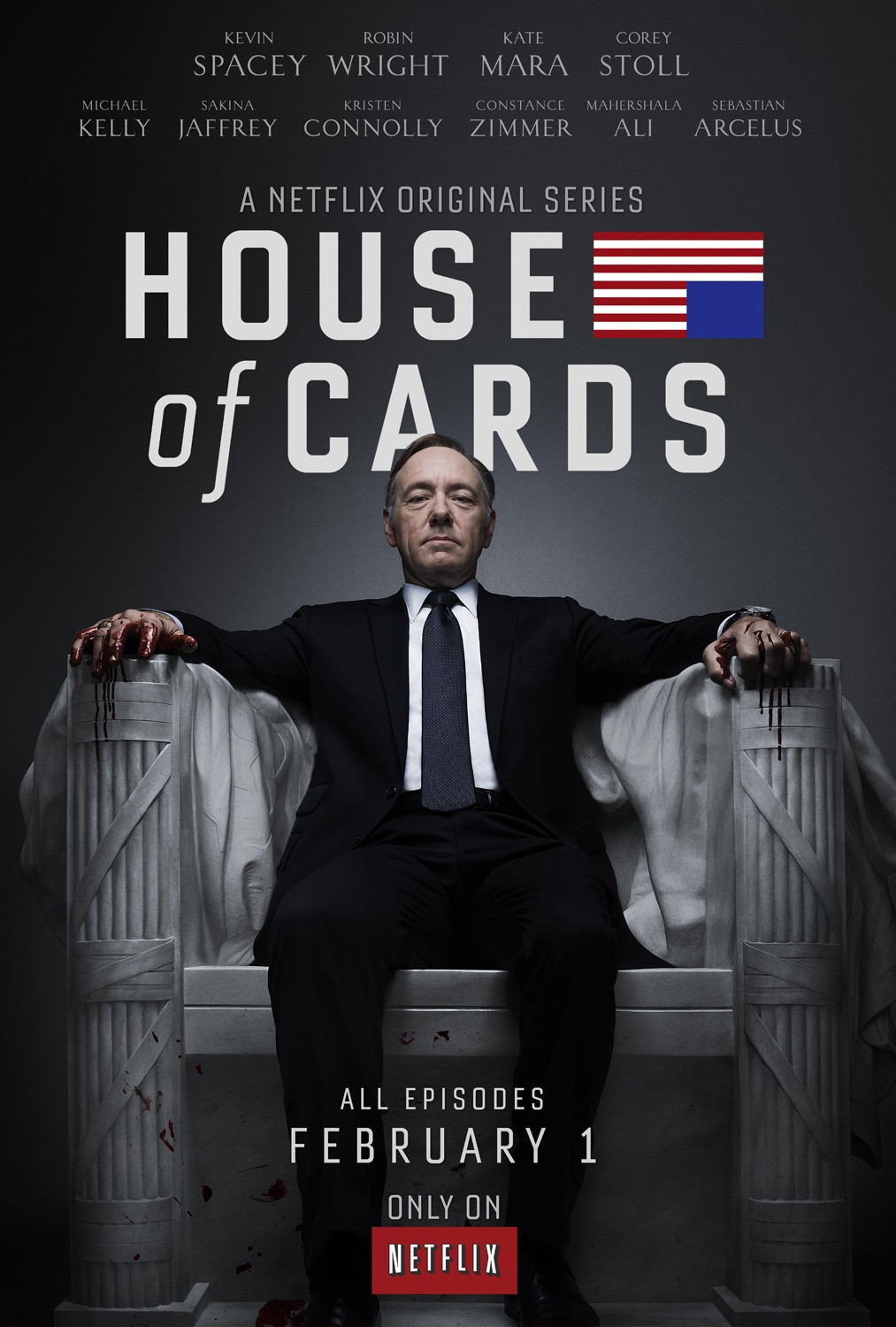 Netflix had data and analytics to mitigate risks
Netflix had data and analytics to mitigate risks
Netflix has futher leveraged this information capability to produce its own hit shows such as Orange is the New Black and Marco Polo.
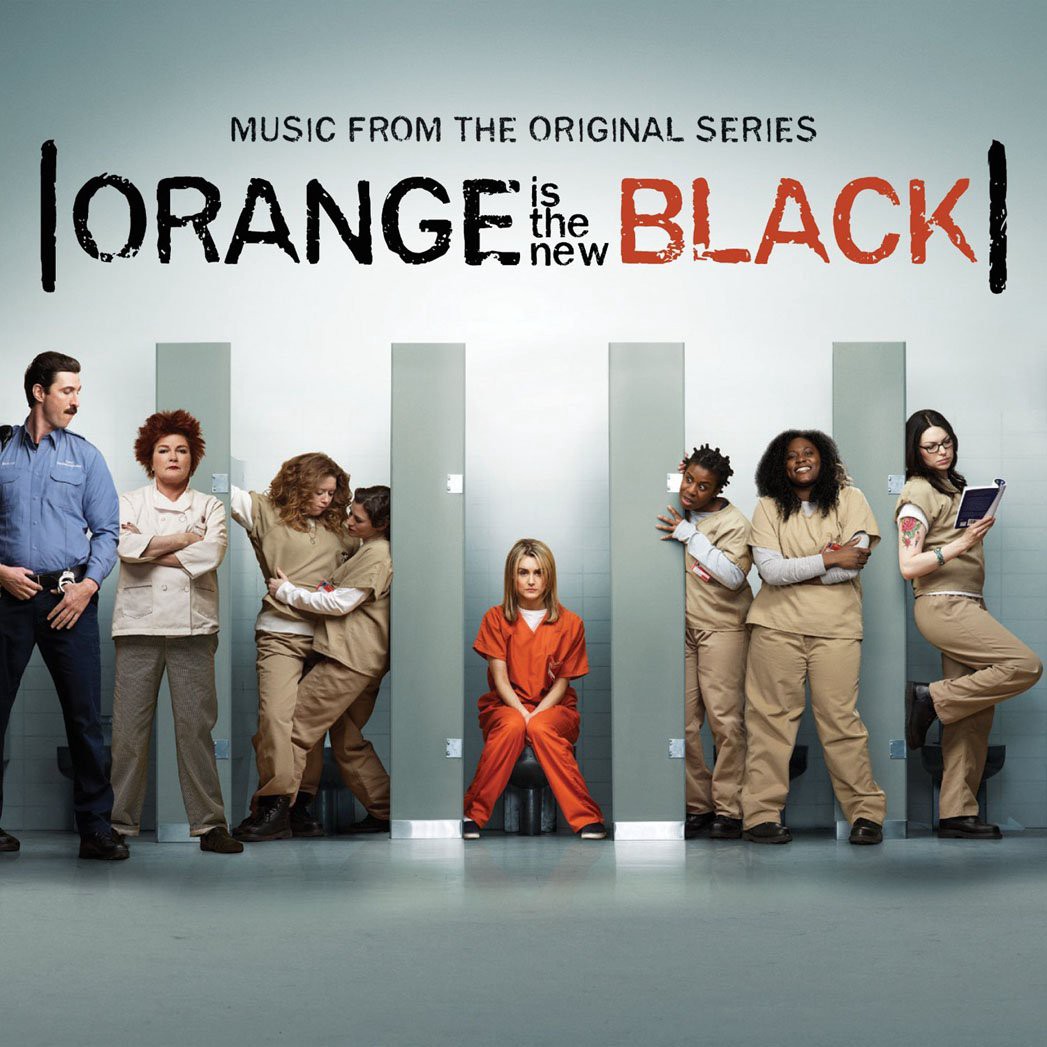
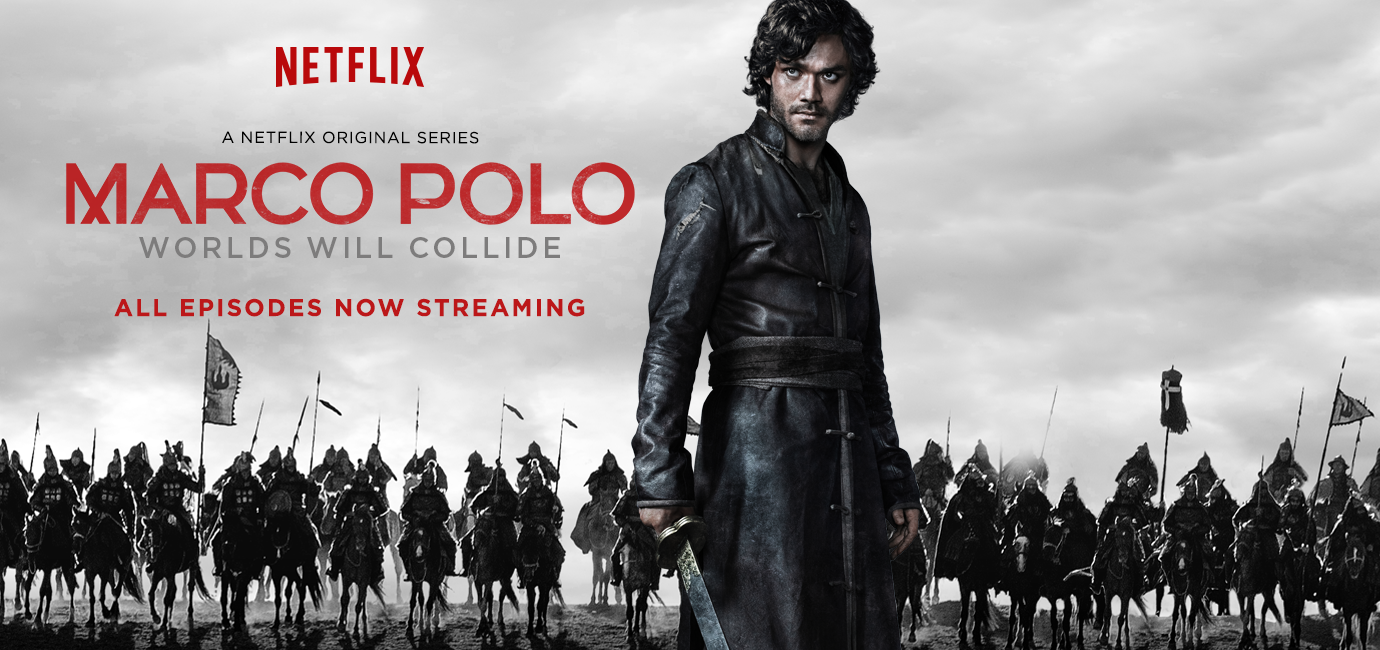
So, where is Netflix headed? It is a master at capitalizing on technology developments and taking advantage of information driven advantage to continually refine its business model.
Internet TV is replacing linear TV. This means that Apps are replacing channels and Netflix is a leading app.
Television is no longer the only screen. This means that Netflix will be on any screen and optimized for any size.
TV guides are standard and customers want personalized recommendations. That means, Netflix will offer unique suggestions for every user. And will continually experiment and learn to improve the recomemndations.
Netflix has data that suggests there is different viewing behavior depending on the day of the week, the time of day, the device, and sometimes even the location. They have not yet implemented contextual recommendations but could well do that in the near future.
The innovation ? disruption ? transformation journey for Netflix 2.0 shows mastery of different competencies than what we saw with DVD-by-Mail business model.
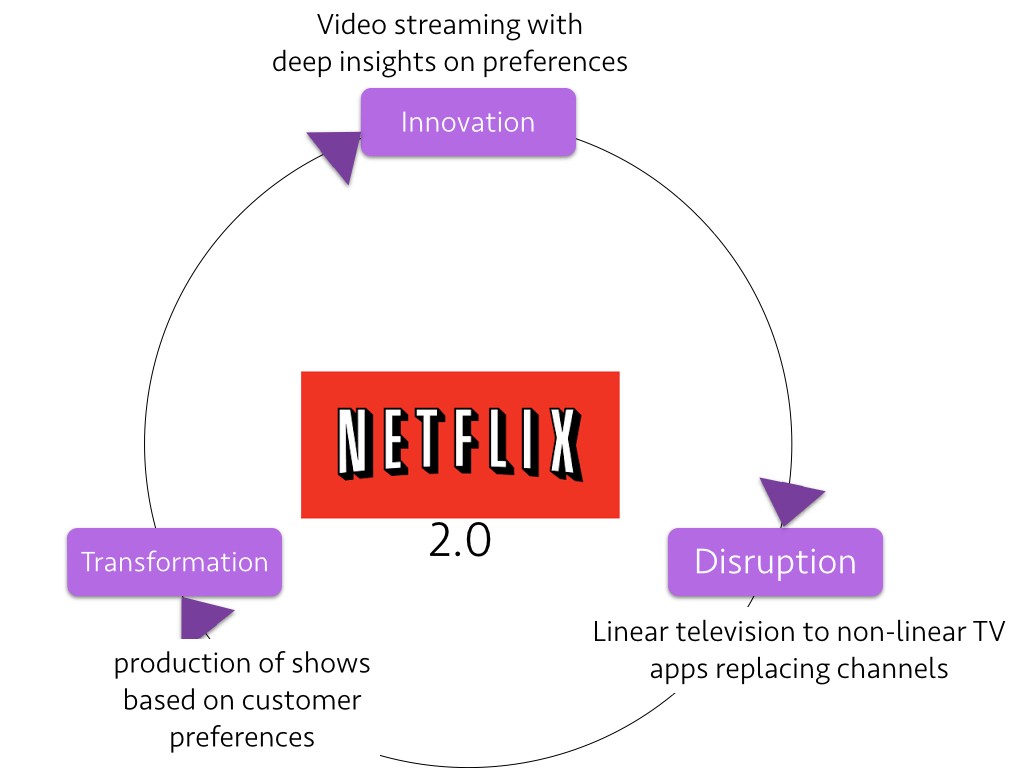
The stock performance of Netflix has been impressive relative to the two benchmark indices ? Nasdaq and S&P 500.
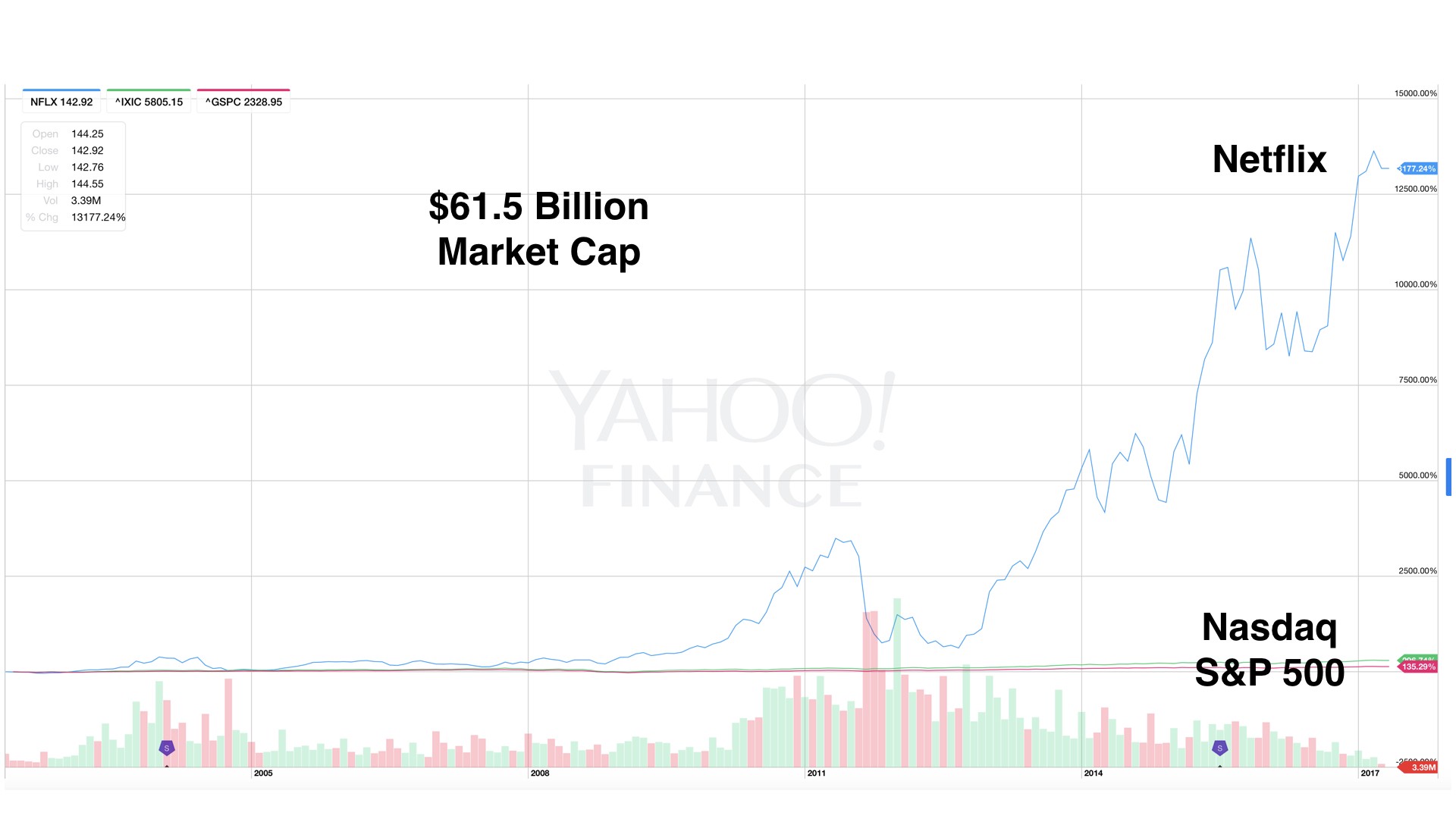
Netflix Illustrates The Digital Matrix in Action
- Embraced Streaming as Experimentation at the Edge in 2007. In 2007, few traditional media companies focused on video-streaming and it was at that time Netflix began experimenting with this technology. Although he demonstrated video-streaming in 2007 (as alternative to downloading of movies), Reed Hastings at Netflix believed that it wasn?t yet ready for primetime. He commented that: ?The market is microscopic?DVD is going to be a very big market for a very long time.? Writing in the 2008 annual report, he noted: ?In 2009, we will maintain our focus on improving our core services as well as gaining even greater traction with streaming.? At the end of 2011, Reed Hastings wrote in the CEO Letter: ? Our core strategy is to grow our streaming subscription business domestically and globally. We are continuously improving the customer experience, with a focus on expanding our streaming content, enhancing our user interface and extending our streaming service to even more Internet-connected devices?.and that the DVD portion of our domestic service will be a fading differentiator to our streaming success.?

2. Co-create with Amazon Web Services?part of potential formidable competitor, Amazon. In a 2010 blogpost, Amazon highlighted four reasons why they chose Amazon Cloud as Netflix?s computing platform: 1. We needed to re-architect, which allowed us to question everything, including whether to keep building out our own data center solution. (they decided to work with an extenal entity). 2. Letting Amazon focus on data center infrastructure allows our engineers to focus on building and improving our business (focus on areas of customer service improvement than control all parts of the technology stack). 3. We?re not very good at predicting customer growth or device engagement (that means Netflix technology costs will always be more than it would be with Amazon) and 4. We think cloud computing is the future (and their cloud competencies were limited to research and experimentation and not full scale global deployment). Writing in the 2012 CEO Letter, Reed Hastings noted: ?While the retail side of Amazon may compete with us, we do not believe that Amazon will use the AWS operation in such a manner as to gain competitive advantage against our service.?
 Netflix relies on AWS ? a part of Amazon
Netflix relies on AWS ? a part of Amazon
3. Differentiate at the nexus of humans and powerful machines. The main difference between Netflix and traditional media company is that Netflix puts algorithms and data at the core of its engine. Its bet on House of Cards is a case in point as described by Wired. ?While networks traditionally order a show based on whether it likes a pilot, Netflix ordered two full seasons (26 episodes) of House of Cards without seeing a single scene. It reportedly bid more than $100 million to secure first rights to the show, outbidding HBO and AMC because it is utterly convinced the show will be a big hit.? At the same time, humans play important complimentary roles and Netflix well knows the limitations of algorithms. Product development, service enhancements, betting on original shows and every major strategic decisions are taken by smart humans working with detailed data and powerful algorithims. Time permitting, take a look at the type of jobs posted on Netflix Careers and think about how it might compare against the type of jobs at a traditional media company. Netflix culture is also key to attract and retain the top tech talent that otherwise could be lured by any of the digital giants such as Google or Apple or Facebook or many of the start-ups.
Adaptation is Hard but Necessary
Every industry ? including your own ? will face digital future ? where past rules no longer apply. Your future competitors will be those with digital capabilities much as what Netflix has mastered over the last two decades to redefine entertainment. Netflix could well have withered away if it had focused on DVD-distribution and logistics. But, it focused on compelling customer experience around entertainment. Traditional media networks are belatedly adapting. Who will define the rules of engagement in 2020? 2025?
